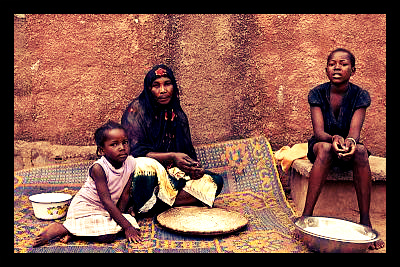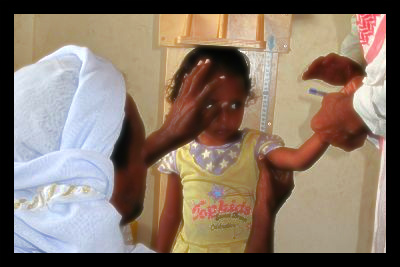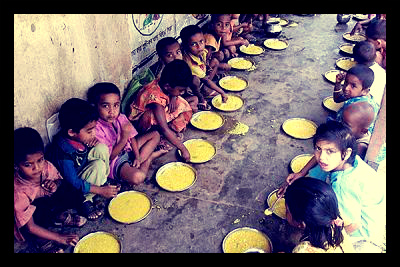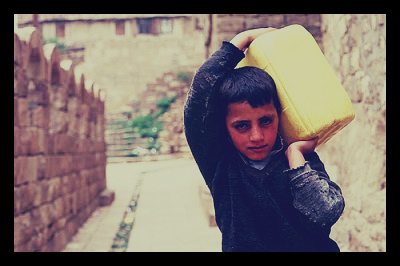Continued sectarian violence in Nigeria resulted in the widespread abandonment of farms. Conflict spreads throughout the country, affecting the agricultural season in rural and often isolated regions. This led to dramatic decline in household food stocks. In addition to farming, the conflict limits “off-season livelihood activities” such as fishing.
This coupled with a predicted shortened growing season to create a potentially devastating food crisis. Consequently, Nigerian government reported as many as one million people facing food shortages in the coming months.
The Islamist insurgency in northern Nigeria, which began in 2009, has forced more than 365,000 people to flee their homes and farms. Agriculture generally serves as the primary means of support. Moreover, as refugees, these families have little opportunity to independently replenish their food supplies. According to The Guardian, “violence linked to the Boko Haram insurgency has caused 60 percent of farmers to leave the fertile region.”
In addition to low production, this conflict led to disruption in trade routes. Those managing the trade fear security, for the products and their lives. As production declines, the prices for staple food rise. These prices rose an estimated 10 percent from last year and more than 30 percent from the five-year average.
Alone, this lack of production has led to serious food shortages. Now, the strain of drought-induced food shortage threatens a full-scale crisis. According to The Nigerian Meteorological Agency, the national agricultural sector depends heavily on rain, “with the bulk of its produce cultivated in the north and central regions.” Weather forecasters predict the rainy season to begin in June, though it typically starts in May. In addition, the rain season may end before September. The result: a severely shortened growing season. With a population of 160 million to feed, Nigeria prepares this looming food crisis.
Refugees and farmers affected by the drought cannot afford the drastic rise in prices. Without an independent stock of food, though, these individuals must rely on the market.
In response, farmers are encouraged to use early maturing seeds to help generate a shorter planting season.
However, as Ibrahim Mota of the Dawanau Grain Traders Union shared recently, “Seeds, no matter how sophisticated, have to be planted by humans to germinate.” The Famine Early Warning Systems Network continues to monitor the food supply in this region, encouraging the Nigerian government to alleviate the burden of this conflict on farmers. Without details on the exact tactics to mitigate conflict, families live in constant risk of acute food security.
– Ellery Spahr
Sources: The Guardian
Photo: India Times




